Cocker Rage Syndrome
Cocker Rage Syndrome Fact or Fiction
Cocker rage syndrome in dogs is a common phrase but is it really a syndrome? and does it exist Stan Rawlinson Dog Behaviourist has researched and worked extensively with this problem?
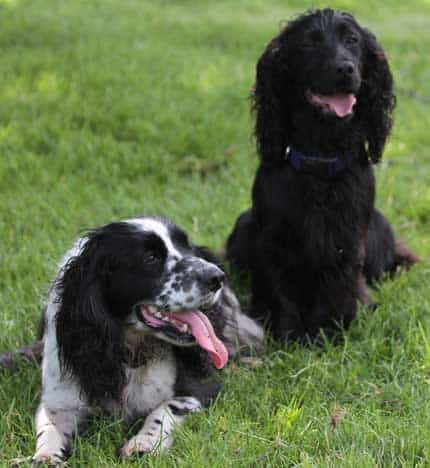
We have all heard of it but how many actually understand what is euphemistically known as Cocker Rage?
The term “rage syndrome” was originally used to describe a set of behaviours that were occurring in a disproportionate number of cocker Spaniels.
It appeared to manifest itself in single-colour cockers and mainly males.
However, these assumptions were disproved when it became apparent that other breeds were also suffering this type of affliction. The word rage comes from the Latin “rabies”, though I am not suggesting that this problem is caused in any way by Rabies. The term Cocker Rage Syndrome was first used by Rodger Mugford when he researched Cockers and aggression.
He found that the majority of the dogs he observed began showing signs at about 7.5 months. Though other research has suggested that it could be as early as 3 months, and as late as two years.
Despite all of the research, it is still unclear what triggers this dangerous and unpredictable reaction. Though it appears it is an inherited problem, therefore the breed plays a large part in this incurable genetic behaviour.
Is it Only Cockers?
American and English Cocker Spaniels, Bernese Mountain Dogs, Chesapeake Bay Retrievers, Dobermans, English Bull Terriers, English Springer Spaniels, German Shepherds, Golden Retrievers, Pyrenean Mountain Dogs and St. Bernards.
These breeds have all been diagnosed with suffering from this problem. Therefore, what is this phenomenon? and more to the point, is it actually a syndrome? This type of aggression presents itself as an unprovoked attack. Normally against family members. Rage syndrome looks like an exaggerated form of status or dominance aggression.
It is usually triggered by the unexpected approach of people when the dog is dozing. The dog snaps alert and then attacks, biting and savaging. This may continue for some time, and then just as suddenly as it started, it stops. Often the dog looks confused and may come up to the person it attacked in a normal greeting mode, looking submissive and sorry for itself.
Often the eyes change colour and go hard before the attack. There is normally no warning or threat posture only the change in the eyes prior to the dog launching itself at an individual. Various experts have theorised that “rage syndrome” is a seizure disorder, not a temperament disorder (such as dominant aggression). The recent successful treatment of some cases of apparent “rage” with Phenobarbital (an anticonvulsant) may add credence to this evidence.
As an aside, people tend to believe that most aggressions are either dominant or hormonal and the normal recommendation is neutering. They could not be further from the truth. The majority of aggressive behaviours are fear-based and are either created in the first 16 weeks of a dog’s life by lack of socialisation with humans and other dogs, or it is genetic as with many forms of Rage Syndrome and Possession Aggression Object Guarding.
Though the act of guarding is fear-related often the actual creator of this common cocker trait is genetics, The fear triggering the genetic reaction.
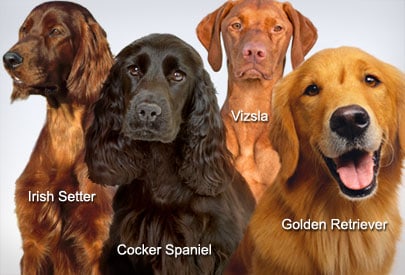
Can It Be Related To a Medical Condition?
There are lots of counterarguments, about whether this rage really exists as a syndrome, and if this is an inherited condition.
Possibly a form of brain disorder, or even reduced serotonin levels, (associated with violence in people). Others have suggested it may be related to a form of epilepsy called “complex partial seizures“.What I have found recently, is that aggression in our English Springer Spaniel is also on the rise.
I tend to find that this unprovoked aggression is found mainly in the small working Springers that are about the same size as large Cockers – certainly, in the USA, they have had an increase in aggression cases in Springers.
* Dr Ilana Reisner, a professor of behavioural sciences, has probably done more research on this condition than anyone else.
Dr Ilana believes that this is a condition that follows family lines. She also believes it is associated with decreased serotonin levels. The condition can be hard to distinguish from dominance aggression. Dr Reisner believes that there are a group of dogs who exhibit extreme uncontrolled aggression that is way beyond the “typical” aggressive responses for dominant or territorial dogs.
I believe that these rages probably occur in many breeds, but that Springer and Cockers are over-represented among these breeds.
SOA (Sudden Onset Aggression)
This condition has been known by a variety of names; Sudden Onset Aggression is the name that has been adopted as a somewhat more accurate and less sensationalised description than the term ‘Rage Syndrome’ that was used more frequently in the 1980s and 1990s.
Sometimes the terms mental lapse aggression and idiopathic aggression are also used — the latter simply means aggression due to an unknown cause or condition. There are several theories as to what causes SOA (some researchers believe it is caused by a partial seizure disorder) and it is thought to be an inherited disorder, appearing much more frequently in some breeds than in others. I cover the mental lapse aggression later in the article.
My personal belief is it is inherited, and therefore the breeders are breeding these dogs knowing that they have this disposition. That is why I see so many Cockers with resource guarding problems. Nearly 70% of all resource guarding cases I deal with are Cocker Spaniels the majority are solid colours rather than roans and normally show-bred, rather than working stock, it normally starts at about 7 months of age.
Though I have seen earlier and later onset cases. It is fairly clear to me that this is genetic. Therefore, breeders are knowingly breeding dogs with this condition. It is believed it started from a Crufts best-of-breed champion in the late 50s early 60s.
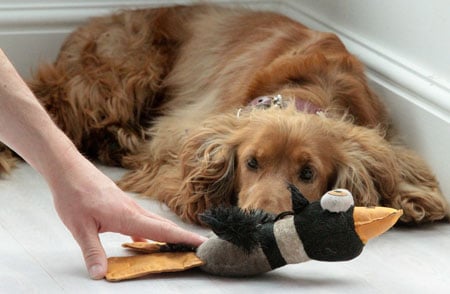
Misdiagnosis
The term “rage syndrome” is almost certainly inappropriately used to describe aggression, which does not fit the reported standard. Making the problem seem much more widespread than it is.
*Dogs that appear to have rage syndrome can become aggressive in certain repeatable situations.
These situations can spark a number of reactions, such as an owner leaning over the dog, or attempting to move it from a chair, couch or bed could elicit an attack or threat.
There are a number of repeatable triggers for the behaviour. If this is the case then it makes it less likely that this is a seizure disorder or Rage Syndrome.
Which would tend to suggest that the condition, may be related to resource guarding, territory or status? Having said that, other tests, primarily conducted by Dr Reisner, showed abnormally low amounts of serotonin metabolites in their urine and cerebral spinal fluid.
This suggested that this aggression was associated with abnormally low levels of serotonin in the brain. This corresponded with findings in violent mental patients and prison inmates. Serotonin is one of the neurotransmitters and brain chemicals that have a calming effect. In most mammals, it appears to decrease the amount of aggression, associated with dominance.
While it does not necessarily change the social status of an animal, higher serotonin levels decrease the likelihood of aggressive displays, that may be used to maintain social position. Based on these findings, medications that increase serotonin levels were used to treat dominance aggression in dogs. It was reported that 50% of the dominant aggressive dogs responded favourably to these drugs, with a decrease in aggressive behaviour.
Medical Treatments?
Drugs do not solve the problem, though it has been suggested, that they can make it safer and easier for owners to use behavioural modification techniques, to change the dog’s social status in the home.
This indicates that dominance aggression may, at least in some individuals, result from a brain abnormality on the chemical level. When treating aggression cases aimed at humans, you should take a number of factors into consideration.
Mental Lapse Aggression
There is another form of aggression, called mental lapse aggression, that has been previously described as “rage syndrome”. Dr Bonnie Beaver, at Texas A&M, first described this type of aggression. The cause is unknown, the EEG brain wave pattern resembles that of a wild animal. It is probably not a seizure disorder, as these dogs do not respond to anticonvulsants. These dogs display sudden, violent aggression. It can start at any age, but usually occurs in young adults, and becomes progressively worse.
A careful behavioural history shows absolutely no pattern of predictability. There is currently no known treatment, except euthanasia. It is probably very rare but can be very difficult to distinguish from a severe case of dominance aggression. In the long run, it probably isn’t that critical to make the distinction, since euthanasia is the safest course in either event. MLA, is I believe, the dog reverting almost back to its primal state and becoming far closer to its wolf ancestors, in other words, it loses its domesticity and reverts to being wild.
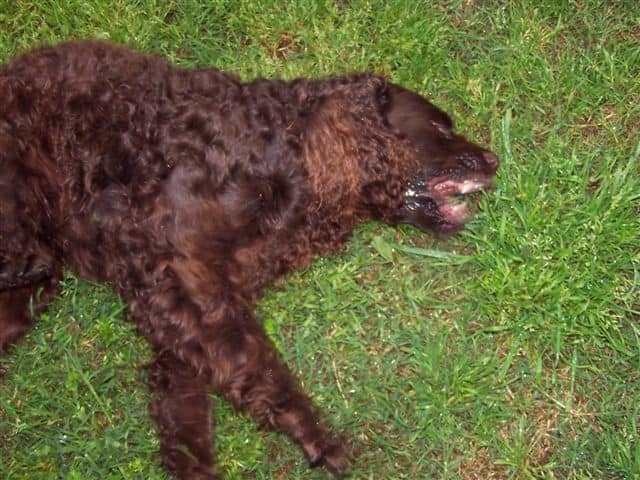
Seizures or Fits
Seizures can also cause unprovoked aggressive episodes, but the EEG generally shows seizure spikes, a very different pattern from mental lapse aggression.
When seizures are the suspected cause of aggression, the veterinarian should do the typical medical evaluation, for any other type of seizure.
These dogs often do very well on anticonvulsants. Owners must be prepared to deal with the necessary monitoring, as well as the risks involved with owning a dog who shows aggression during a seizure. Otherwise, they are handled just like any other seizure dog.
Different Types of Aggression
Depending on how you break it down, there are probably 20 different forms of aggression in the dog. Multiple forms within the same individual may all interact together to produce a single biting episode. Without understanding all these factors, it is extremely difficult to successfully treat an aggressive dog.
“Rage Syndrome” has been applied to many types of aggression, primarily dominance aggression, mental lapse aggression, and seizure-related aggression. This term needs to be dropped from our vocabulary when discussing the causes, prognosis, and treatment of aggressive dogs.
• The severity of the aggression – Dogs who display lower levels of aggressive behaviours, such as growls, lip curls, and inhibited snaps, will be much easier to treat than dogs that explode with violent attacks. The depth and ferocity of the bite also have an impact on prognosis. If the bite is deep and powerful then the chances of a treatment succeeding are poor.
• Predicting the aggression – If owners can predict which situations are most likely to result in aggression, such as guarding objects or a favourite spot, then measures can be taken to prevent those situations.
• Age when aggressive behaviour first occurred– The younger the dog at the time of the initial aggression, the poorer the prognosis. If a bitch is showing early signs of aggression to owners then you should probably not spay her, as the reduction in progesterone may exacerbate the behaviour.
• Duration of aggression – Since there is a learned component in any form of aggressive behaviour, it makes sense that the longer the aggression has been going on, the harder it will be to convince the dog the household rules have changed. Like any habit, owner behaviours that lead to aggression are also harder to change.
In reality, I have only seen two cases where “Rage Syndrome” appeared to be present; both these cases were working lines of English Springer Spaniels. Nearly all the other cases called rage syndrome were control complex behaviour i.e. dominance, frustration, resource guarding etc.
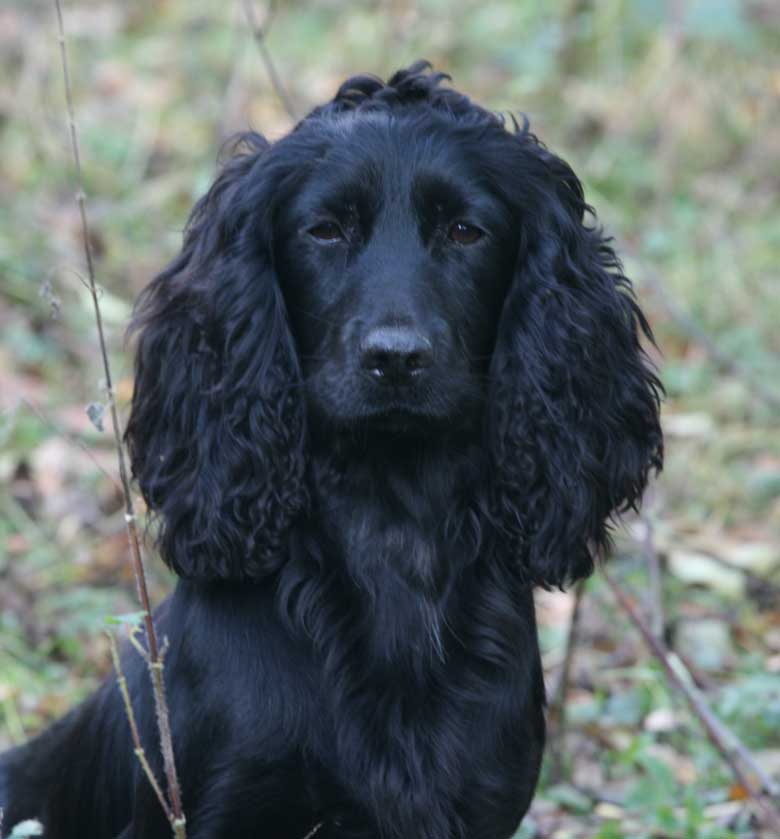
Can It Be Related To Resource Guarding?
In Cockers, resource guarding, something I call possession aggression, is the most common aggression I am asked to treat.
This is the act of aggressively protecting objects such as toys, pigs’ ears, rawhide chews, the dog’s bed, the dog’s space, stroking, bones, or articles that the dog has found or stolen.
These items can be random such as socks, shoes, underwear, tissues and human food. This is very different from “Bowl Guarding” and the treatment is different for both. I have written in-depth explanatory articles on both “Bowl Guarding” and “Possession Aggression Object Guarding” I believe this type of aggression should only be approached with the help of a professional behaviourist.
I really do not want people getting attacked for following my behavioural advice, and not reading the correct signs. These cases really do need professional help. It may be that these aggressions and guarding problems are manifesting themselves in our working Cockers and Springers because of a shrinking gene pool.
Pure breeding inevitably increases genetic problems, because it narrows the gene pool. Some almost have no genetic variation left, therefore, it is almost impossible to select out bad behavioural traits anymore.
I certainly see a lot of Cockers resource guarding, and showing control complex/dominant behaviour; also I have treated a number of Springer’s that bite without warning, deep and hard. I personally think this does not constitute us classing it as “rage syndrome” I believe there is far more work to be done, before simply labelling it a “syndrome”
Though the jury is out on what is actually happening, I tend to err on the side of genetics and lack of early socialisation, with perhaps some chemical imbalances involved There are of course strong medical problems as stated earlier, that are untreatable. Such as “mental lapse aggression”.
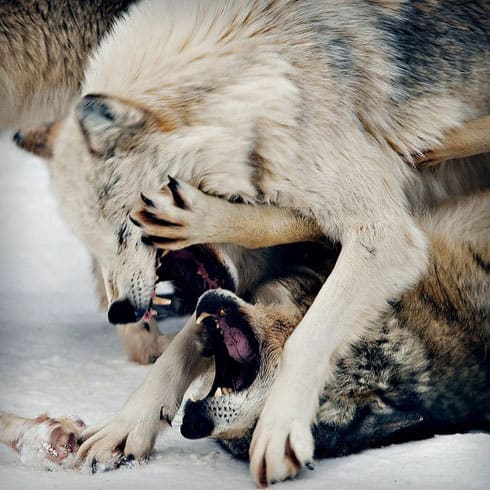
Dominance
I thought I should mention that there is currently a major sea change in how we look at dominant behaviour. social status, and aggression.
Dominance is surely a relative term, not a description of a dog’s psyche.
Some experts recommend dropping the entire dominant/submissive paradigm. I do not agree, as that negates the fact that social status is apparent in all our dogs.
To some extent, sympathise with those claiming the word dominance should no longer be used, that it is defunct and outdated and irrelevant. However, sympathising does not mean that I agree with their arguments or their logic.
Advances in scientific studies have shown that our previous knowledge base did not give us the full picture. This was based on studies that were at best incomplete, and at worst totally incorrect in their findings. The new wave of positive reinforcement style training and behavioural modification is proving to be far more effective and kinder than methods that have been previously used.
I have used a device called a Jingler to great effect in certain cases of aggression. These include inter-human and inter-dog aggression. Designed and developed by me. The jingler helps to realign the dog’s behaviour so that it accepts you as a controller of resources. Vital where the dog is controlling and pushy
It is effectively the opposite of a clicker, the clicker tells the dog when it has done something right. The jingler does the opposite and tells the dog when it has done something wrong. Simple and very effective.
As long as trainers or behaviourists realise that positive training methods do not mean positive-only training methods. Praising the good and totally ignoring the bad is a recipe for disaster.
It is totally impossible to train any animal by using positive-only techniques, see my article on “Killing with Kindness”
The advent of clicker training has proved a revelation to many of today’s obedience and behavioural trainers. The style of training that insisted that the dog should be subservient, and that reward or treat-based training is bribery, is fortunately now dying out.
Though there are still places and organisations that believe it is the only way to train. Current dog training techniques focus on building a relationship of mutual respect and trust and control.
I personally use techniques that are not related to pack mentality. After all, I am not a dog, all my dogs are aware that I am not a dog and therefore I cannot be the “leader of the pack” Read my article The Alpha Myth. It will hopefully help you understand where many of our behaviourists and trainers have been going wrong.
Let’s not allow political correctness and semantics to creep into dog behaviour or training – let’s be realistic and look at what we have in front of us; sometimes a joy, other times pushy and dare I say occasionally “Dominant”.
©Stan Rawlinson
Sunday, 09 April 2006
Last updates 2022
(1) Possession Aggression Resource Guarding
Research:
*Dr.Ilana Reisner Assistant professor of behavioural medicine and director of VHUP’s behaviour clinic.
*Lyn Johnson DVM, “Companion Animal Behaviour Services” USA
*Stephen Budiansky “The Truth about Dogs”
*Dr. Bonnie Beaver, at Texas A&M



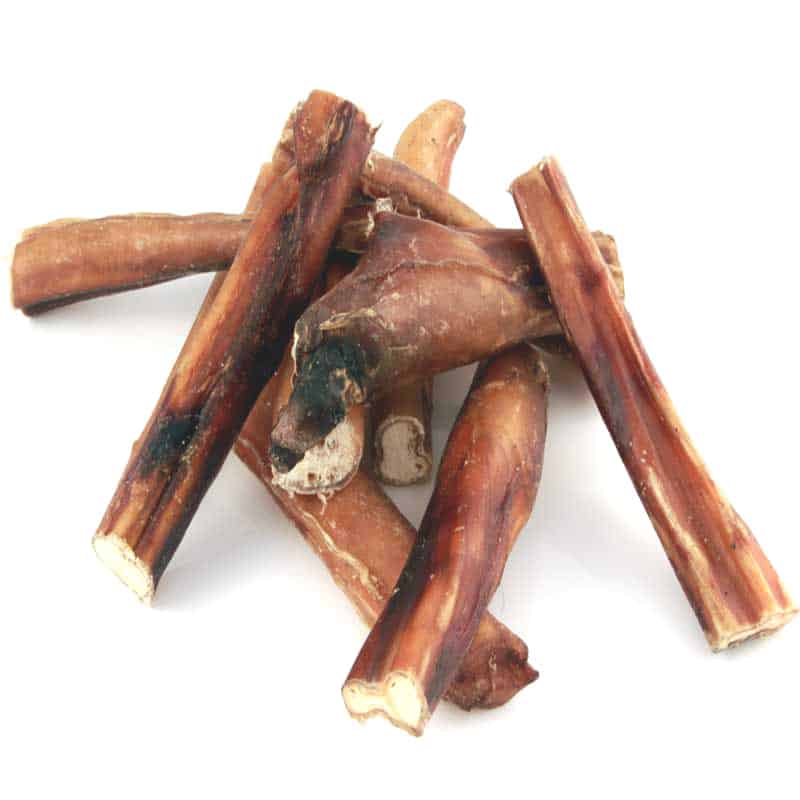
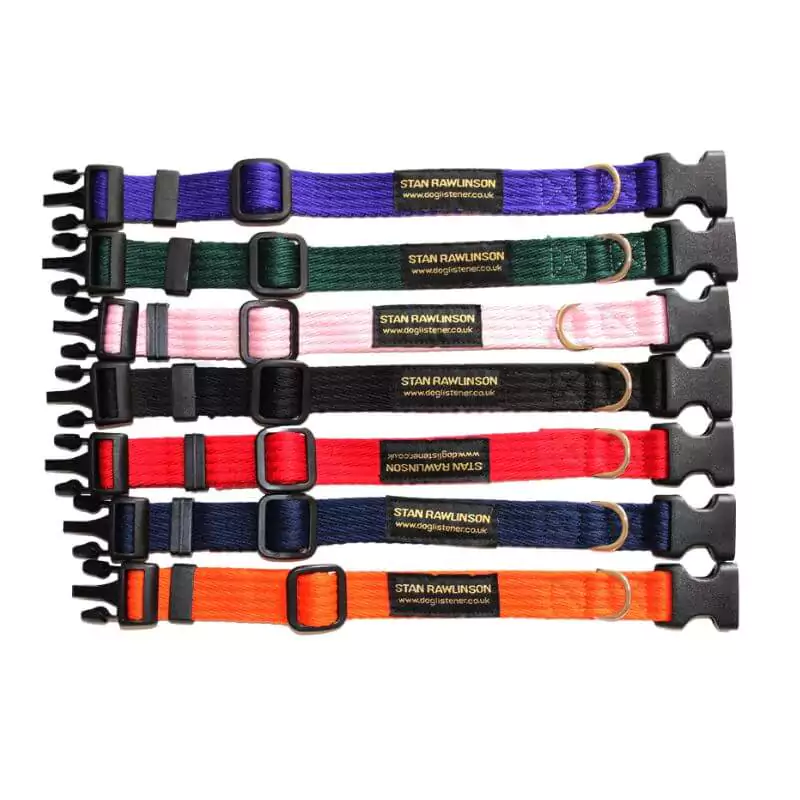


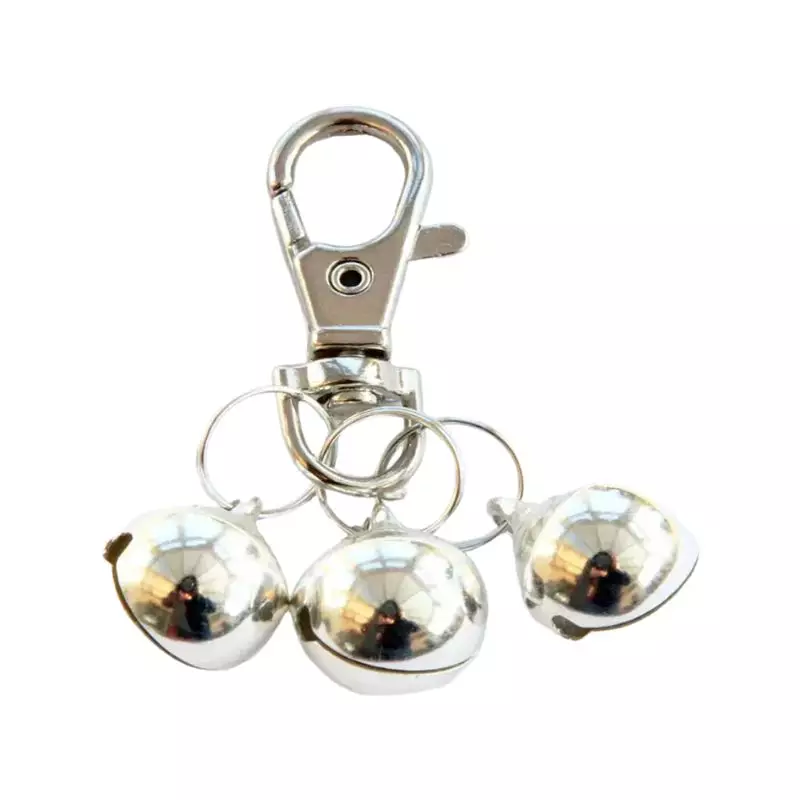
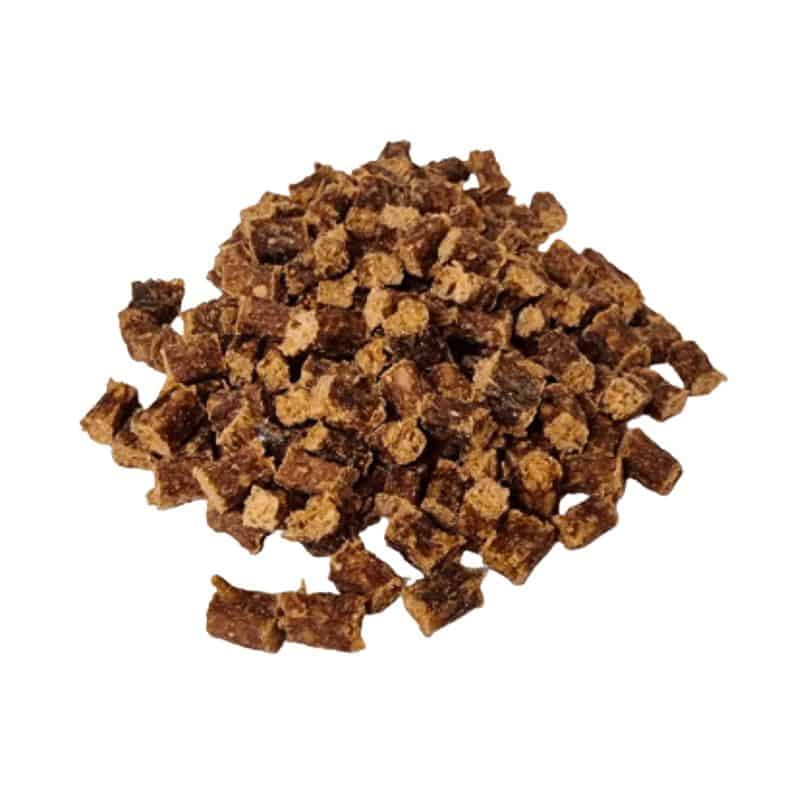
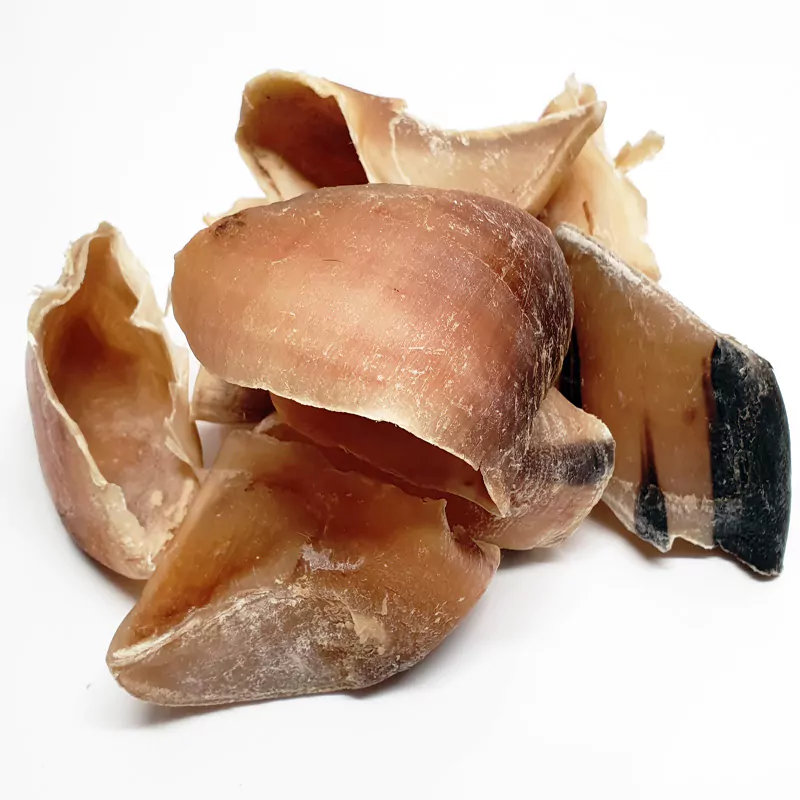




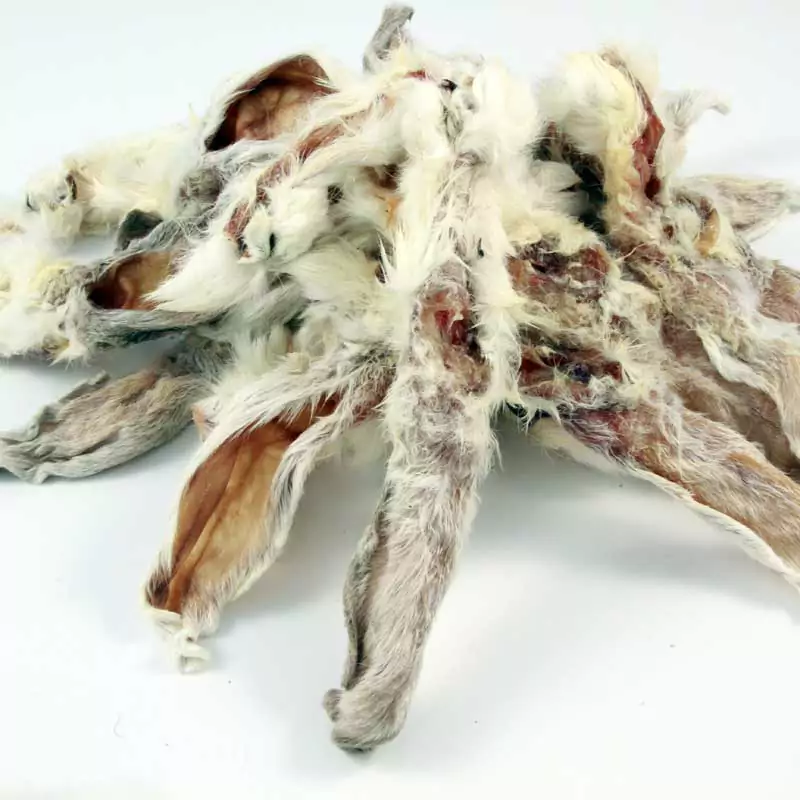
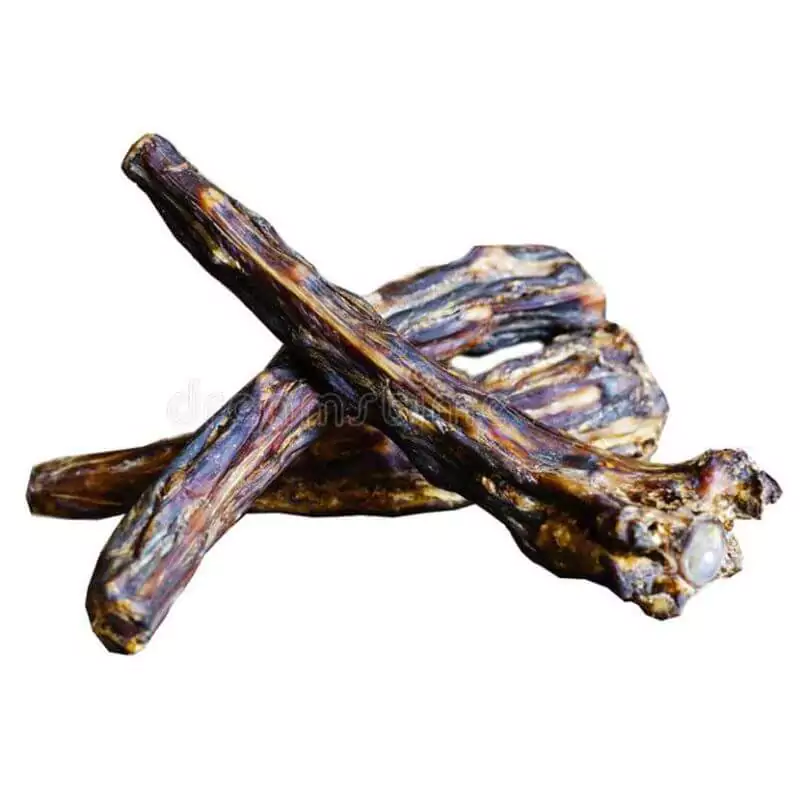

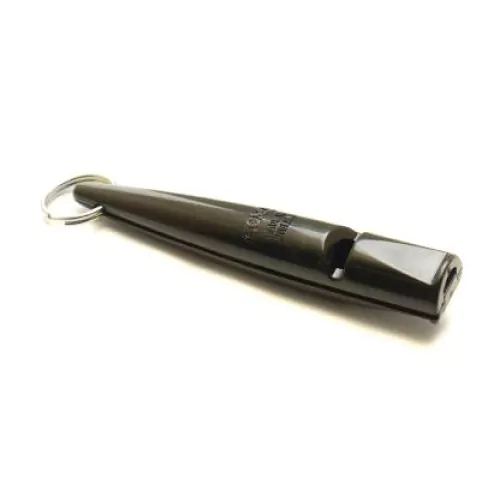






Comment (1)
Hi Stan,
We have a 20-month old Sprocker Spaniel who exhibits violent bursts of aggression. It’s only ever directed at me (male), and not my partner (female).
When it occurs, he will lunge up at me and bite for 10-15 seconds. He has given me some very bad bites.
It’s usually triggered by someone either knocking at the door; if he feels he’s going to be compelled to do something he didn’t want to, or if he perceives something is ‘off’ and gets overly anxious/excited.
Sometimes we go days without it happening, and on other days it can happen more than once. Unfortunately it has increased with frequency.
The rest of the time he’s very sweet, playful and affectionate, including with other dogs and people (and myself the rest of the time). He’s never bitten anyone else.
Any ideas what type of aggression this may be? We’ve tried a few trainers but they don’t seem to be able to explain it.
Thanks
Nick
Comments are closed.